 Abengoa
Abengoa
Annual Report 2009
- Corporate Social Responsibility Report
- The Environment and Climate Change
- Diversity Management
Biodiversity
Abengoa believes that a good strategy for preserving biodiversity requires a combination of elements involving the prevention, management and restoration of any damage that may be caused to the natural habitats in which the company operates.

Photo taken by José Avilés, from Telvent, to the 1st Edition of the Abengoa Sustainability Photography Contest
Always bearing this in mind, environmental impact studies and monitoring tasks were carried out on the activities conducted on land adjacent to or within protected areas (Table 1). Furthermore, affected species were identified and the resulting impacts measured and assessed (Tables II and III).
Preserving these habitats requires an objective that encompasses recovery plans and reforestation, strategies geared towards protecting plant and animal species, training in forest fire prevention, etc. (Tables IV and V).
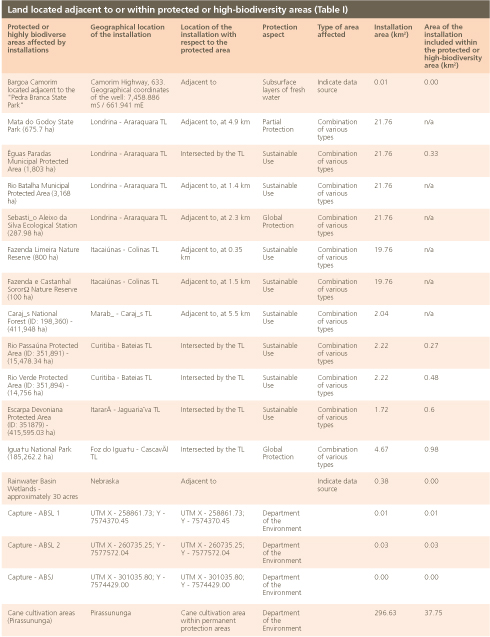
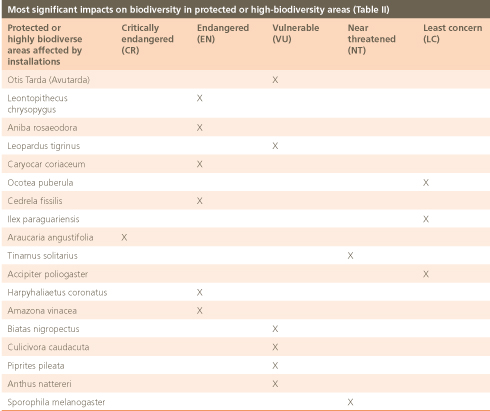
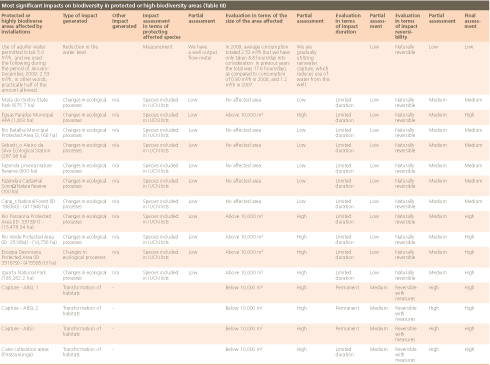
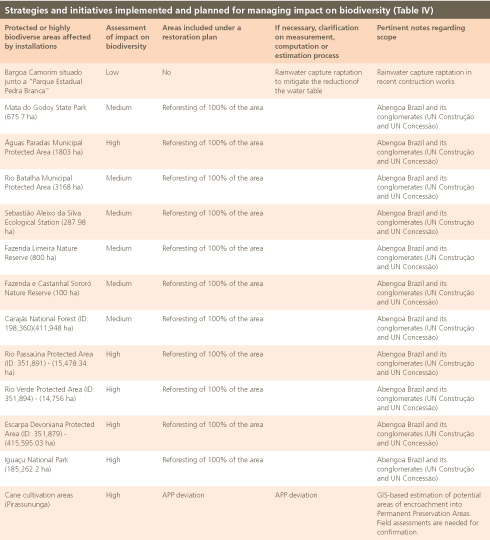
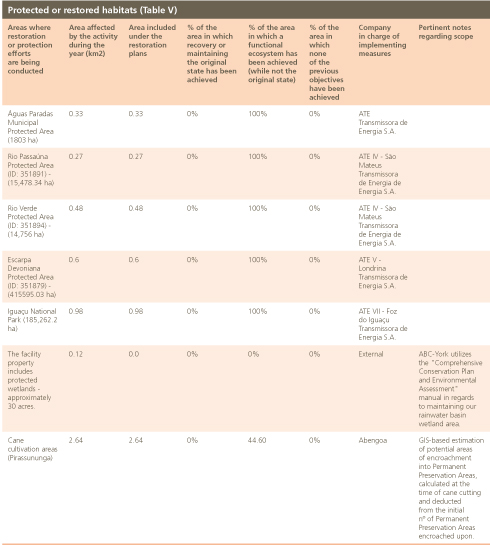
Abengoa is fully aware of how important it is for its activities to contribute positively to maintaining biodiversity, while minimizing impact and establishing a positive correlation between the habitats and the flora and fauna that are most sensitive to human activity.
The system incorporates the following indicators into the biodiversity factor:
The first environmental factor analyzed within the ESI system is biodiversity.
1.1. Sensitivity of the environment
The potential impact of pressure exerted on the environment, based on the environmental quality of the areas surrounding installation sites.
1.2. Installations in protected areas
Awareness of the environmental sensitivity of the installation’s surroundings enables specific scaling of the environmental policies for the installations.
1.3. Formal complaints and claims
1.4. Confirmed sanctions
Indicators associated with complaints, claims and sanctions determine the evolution of business activities in terms of their acceptability and conformity with the environment and the capability to respond to social sensitivity processes and instrumental activity in relation to biodiversity.
1.5. Environmental management systems
1.6. Environmental measures
1.7. Environmental protection expenditure
These indicators are directly related to the company’s commitment to analyzing the evolution of the biodiversity factor and to integrating environmental and social values into its costs structure.